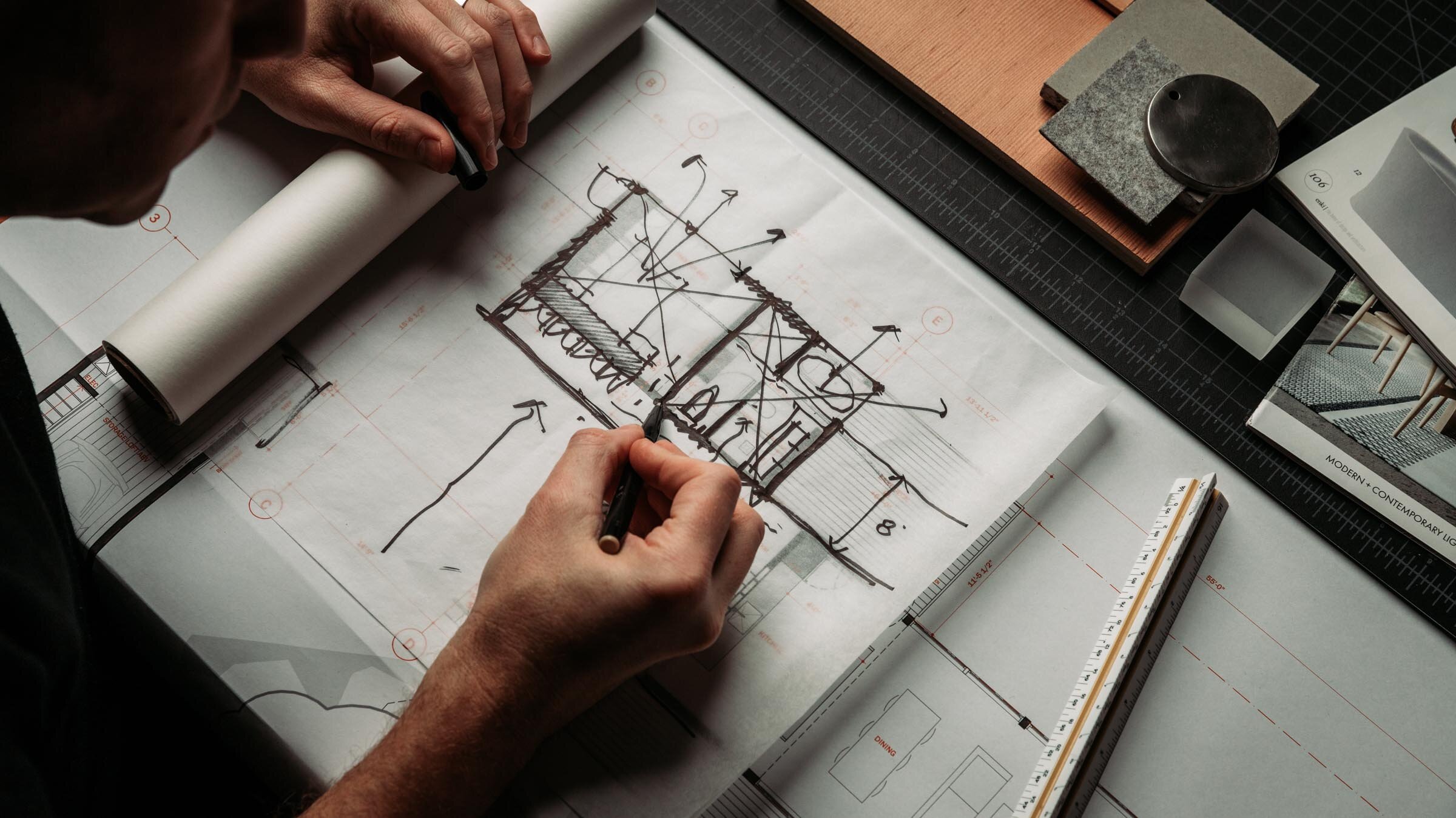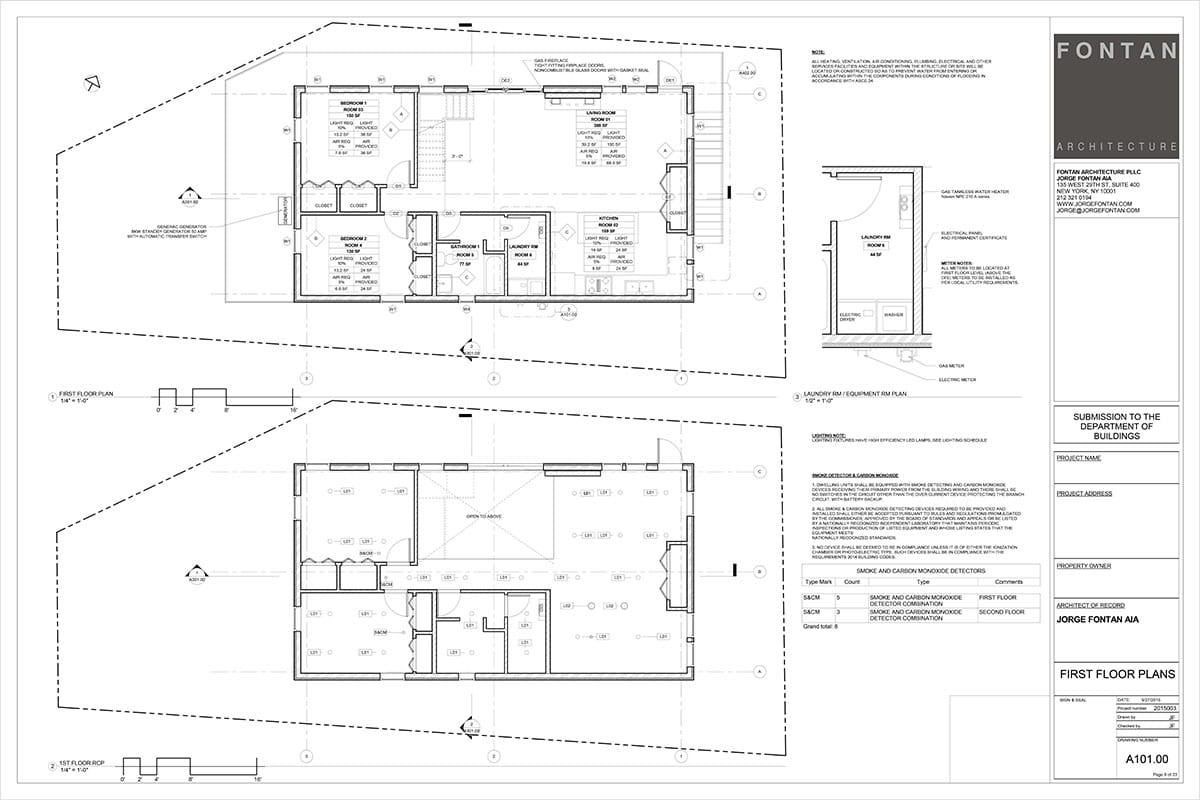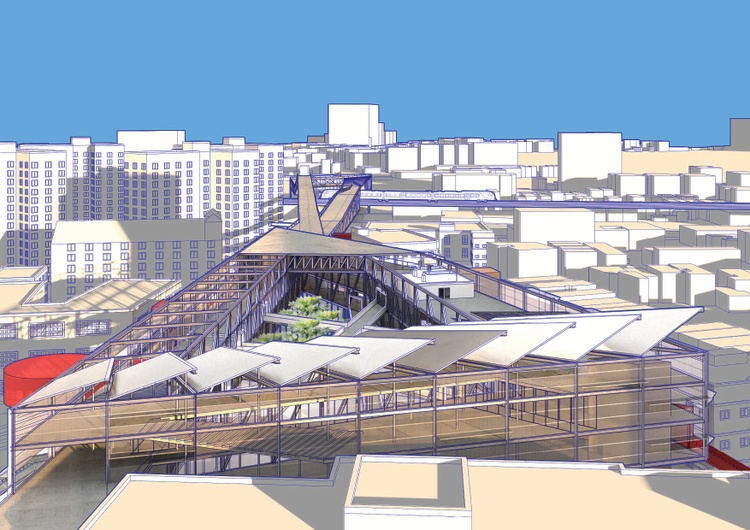Exactly How CDA Architects Include Eco-Friendly Practices in Architectural Projects
The Effect of Technical Innovations on the Design Practices of Contemporary Architects
The quick development of technological devices has significantly improved the design landscape for contemporary designers, promoting unprecedented levels of technology and sustainability. Discovering these dynamics exposes a nuanced interaction between technology and traditional layout approaches, motivating a closer examination of what the future holds for building techniques.
Development of Architectural Tools
Just how have building devices changed the design and building and construction processes over the centuries? The advancement of building tools has actually dramatically impacted the performance, precision, and creative thinking of design and construction.
With the development of the Renaissance, the introduction of the compass and the protractor noted an essential shift. These devices allowed architects to achieve better accuracy in their styles, promoting the introduction of more detailed and in proportion structures. The Industrial Change additionally changed architectural exercise with the introduction of mechanized tools and products, enabling larger and much more enthusiastic jobs.
In the 20th century, the growth of computer-aided layout (CAD) software program changed the landscape once again, offering engineers with unmatched capabilities in modeling and visualization. Today, advanced devices such as Structure Information Modeling (BIM) and parametric design software remain to push the boundaries of architectural advancement, enabling a more integrated technique to style and construction procedures.
Enhanced Collaboration in Style
As technology remains to evolve, enhanced cooperation in style has come to be a foundation of modern building method. The assimilation of digital devices such as Structure Details Modeling (BIM), cloud-based systems, and progressed visualization software has actually transformed the method engineers, designers, and stakeholders engage throughout the design procedure. These devices facilitate real-time communication, allowing groups to share concepts, modifications, and feedback immediately, no matter of geographical area.

In addition, interdisciplinary collaboration has been structured with these technological improvements, making it possible for architects to function extra carefully with other experts, such as city organizers and environmental specialists. The result is a much more natural approach to make that takes into consideration various perspectives and competence. Ultimately, enhanced collaboration in style is not just a trend; it is important for developing innovative, useful, and visually pleasing design in an increasingly intricate globe.

Sustainability Via Modern Technology
Sustainability in design has significantly become intertwined with technological development, driving the industry towards environmentally liable methods. Contemporary designers are leveraging advanced modern technologies to lessen environmental effect while improving the efficiency of buildings. cda architects. One prominent instance is using Structure Details Modeling (BIM), which permits exact planning and source appropriation, decreasing waste throughout building and promoting energy effectiveness throughout a structure's lifecycle
Additionally, wise materials and energy-efficient Clicking Here systems are being incorporated into designs to optimize resource usage. Technologies such as photovoltaic or pv cells and green roof covering systems harness renewable Recommended Site resource resources, adding to minimized carbon footprints. Additionally, the application of expert system in design processes allows engineers to replicate and analyze energy intake, assisting decisions towards even more sustainable end results.
The assimilation of sustainable modern technologies not only straightens with international ecological goals yet likewise meets a boosting demand from customers for environment-friendly remedies. As engineers welcome these technologies, the emphasis moves in the direction of creating rooms that are not just aesthetically pleasing yet likewise functionally sustainable, therefore redefining the standards of contemporary architecture. In this way, modern technology functions as a catalyst for sustainability, making it possible for designers to create structures that respect and boost the natural surroundings.
Difficulties in Application
While technical advancements in style hold wonderful guarantee for improving sustainability, their execution commonly experiences significant difficulties. One primary barrier is the steep learning curve associated with brand-new innovations. Architects and building specialists may require comprehensive training to successfully make use of innovative software and tools, which can postpone task timelines and boost prices.
In addition, the combination of emerging innovations, such as Structure Information Modeling (BIM) and sustainable products, usually requires collaboration throughout multidisciplinary teams. This cooperation can be impeded by distinctions in knowledge, process, and communication designs, resulting in possible conflicts and inadequacies.

Moreover, regulative frameworks and building regulations might not equal technological developments, producing uncertainty and prospective compliance concerns. This challenge can discourage architects from fully accepting brand-new innovations, as the threat of non-compliance might surpass the benefits. Therefore, dealing with these application difficulties is important for the effective assimilation of technological innovations in contemporary architectural practices.
Future Fads in Design
The challenges associated with the application of brand-new technologies in architecture have actually motivated a reevaluation of future trends within the market - cda architects. As engineers browse problems such as sustainability, urbanization, and social equity, they are increasingly adopting cutting-edge innovations to boost style efficiency and ecological performance
One famous fad is the combination of man-made intelligence (AI) in the style procedure. AI tools can analyze huge datasets to educate layout decisions, boosting both creative thinking and performance. Structure Info Modeling (BIM) continues to develop, making it possible for real-time cooperation among stakeholders and facilitating structured job management.
Lasting style techniques are likewise acquiring energy, with designers concentrating on adaptive reuse and regenerative design concepts that lessen resource intake and waste. The consolidation of smart products and renewable energy sources will further enhance the durability of structures when faced with environment change.
Additionally, the rise of parametric style enables more individualized and context-sensitive building services (cda architects). By utilizing these advancements, designers are poised to create built atmospheres that not only attend to the immediate requirements of culture but also prepare for future obstacles, thus redefining the role of design in an ever-changing globe
Verdict
Technological developments have significantly improved architectural design methods, promoting improved accuracy, partnership, and sustainability. The integration of devices such as Structure Info Modeling and parametric design software program, alongside fabricated intelligence and smart products, equips designers to resolve intricate challenges more efficiently.